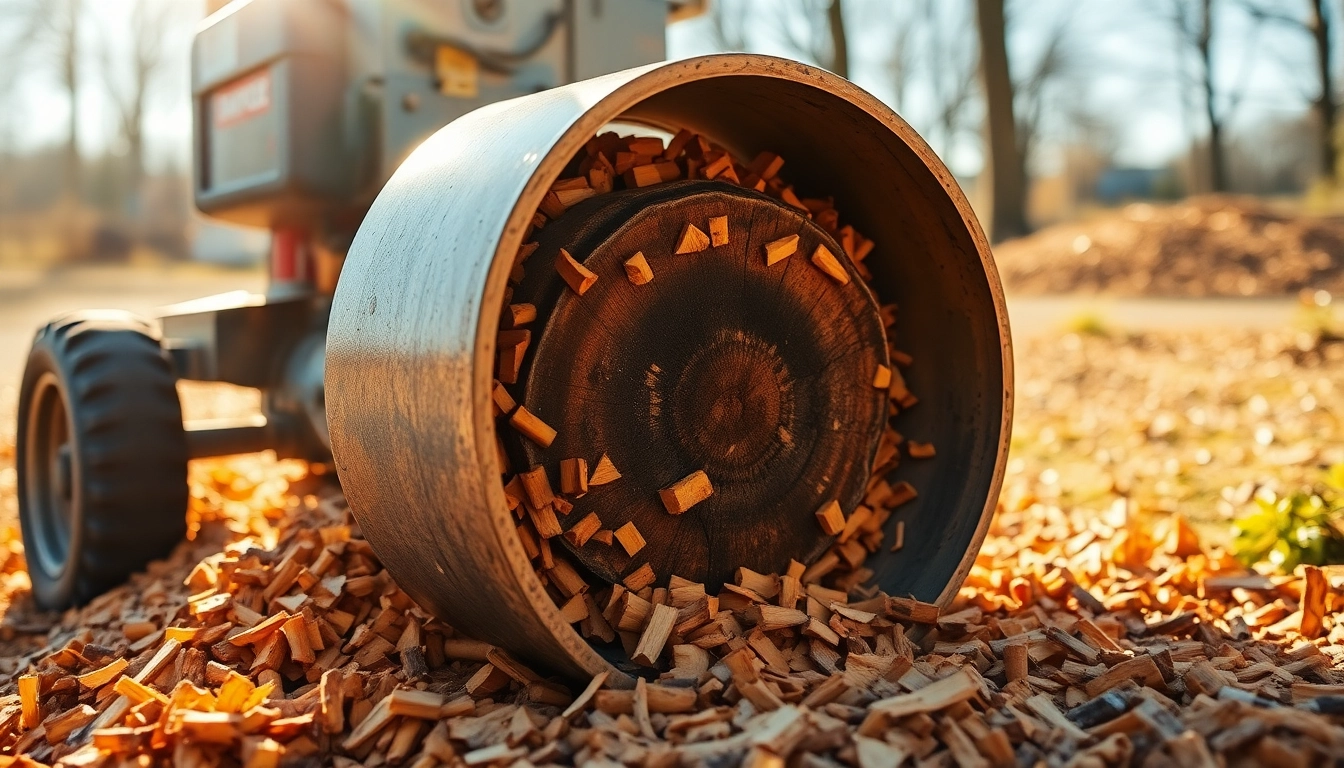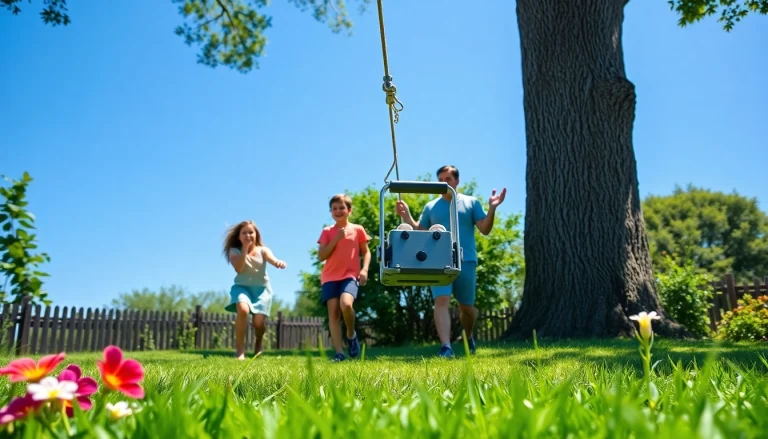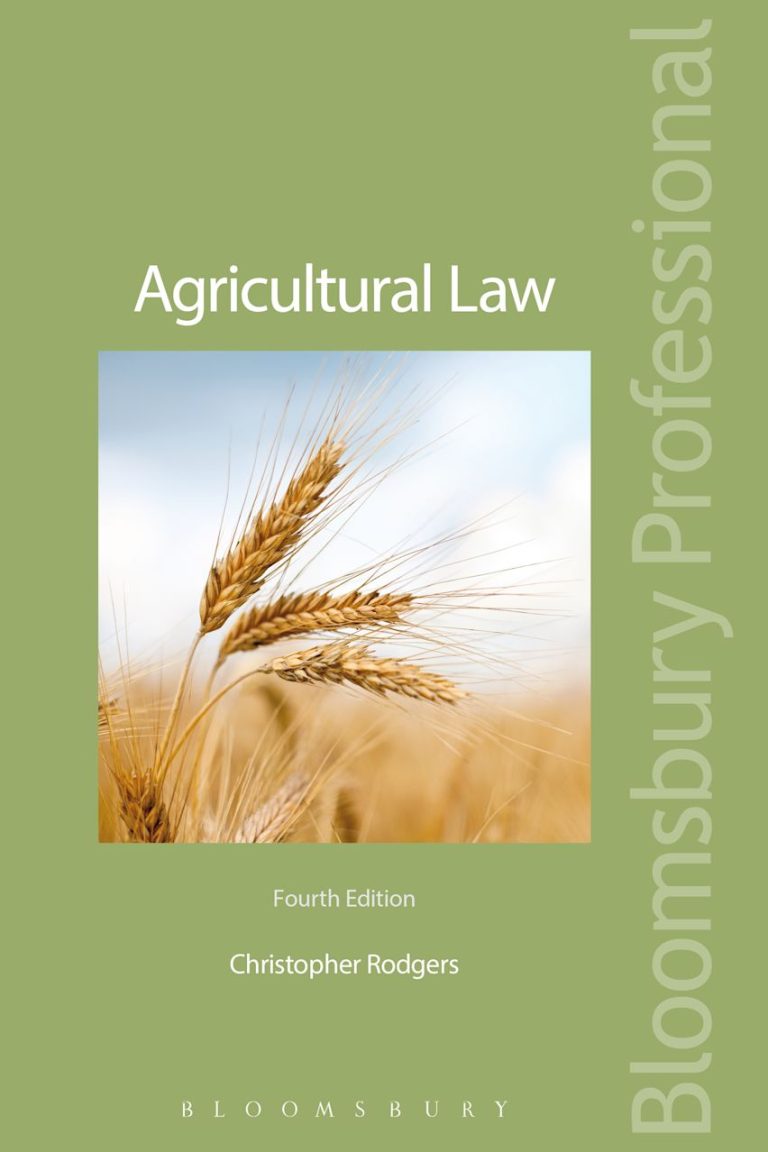
Understanding Stump Grinding Services
What is Stump Grinding?
Stump grinding is a vital service in tree management that involves the removal of the stump and roots of a tree after it has been cut down. By using a specialized machine known as a stump grinder, professionals can efficiently grind the stump into small wood chips. This process not only improves the aesthetic appeal of your landscape but also removes potential risks that could arise from leaving a stump in the ground. When considering an efficient stump grinding service, it’s essential to understand the method and its numerous benefits.
Benefits of Professional Stump Grinding Service
Engaging a professional stump grinding service offers several advantages. These include:
- Safety: Stumps present hazards. They are tripping risks and can obstruct normal lawn maintenance activities. A stump grinding service removes this danger, providing a safer environment.
- Aesthetics: Stumps disrupt the visual continuity of a yard. Their removal enhances the overall appearance of your landscape, allowing for a more uniform and appealing yard.
- Prevention of Pests: Stumps can attract pests, including termites and beetles, which can then spread to healthy trees or even into your home. Professional stump grinding services eliminate the habitat for these pests.
- Improved Lawn Health: Stumps left in the ground can often lead to increased fungal growth and rot, negatively impacting surrounding plants. Grinding the stump allows for better health of your landscape.
Differences Between Stump Grinding and Stump Removal
Many homeowners confuse stump grinding with stump removal, but these two services are quite distinct. Stump grinding involves using machinery to grind the stump down to below ground level, leaving chips mixed with soil that can be reused in your garden. In contrast, stump removal entails extracting the entire stump and root system from the ground, which is a much more labor-intensive process and often leaves a large hole that needs filling. Understanding these differences will help you make an informed decision based on your specific needs.
Signs You Need a Stump Grinding Service
Potential Hazards of Unremoved Stumps
Unremoved tree stumps can become significant hazards on your property. They can be tripping hazards for anyone walking through your yard, especially children and the elderly. Additionally, stumps can obstruct lawn maintenance equipment, making mowing and yard upkeep more complex. In high-traffic areas, stumps can pose serious safety concerns that necessitate removal.
How Stumps Affect Your Landscape
Stumps can significantly impact the usability and aesthetic appeal of your landscape. They can obstruct planting new trees or shrubs in your garden and can also hinder the growth of grass in the surrounding area, leading to dead patches or uneven growth. The presence of a stump may even reflect poor maintenance, making your property less inviting to visitors and potential buyers.
Identifying Invasive Roots and Pests
Often, remnants of tree roots remain in the ground long after the stump is removed. These roots can continue to grow, potentially infiltrating pipes or your home’s foundation. They can also compete for nutrients with other plants in your landscape, stunting their growth. Additionally, stumps are a haven for pests; termites and other wood-burrowing insects can thrive in moist, decaying wood, posing threats to the surrounding environment and possibly to your home.
Choosing the Right Stump Grinding Provider
What to Look for in a Stump Grinding Service
When selecting a stump grinding service, consider the following factors:
- Experience: Look for companies that have been in business for a while, as they are likely to have the expertise needed to handle different types of stumps effectively.
- Insurance: Ensure that the company is insured. This protects you from liability in case of accidents or damages during the grinding process.
- Equipment: Verify that they use modern, well-maintained grinding equipment. Efficiency and safety are greatly enhanced with high-quality machinery.
- Reviews and References: Investigate online reviews and ask for references to gauge customer satisfaction and service quality.
Questions to Ask Your Stump Grinding Contractor
Before finalizing your choice of stump grinding service, ask the following questions:
- What methods do you use for stump grinding?
- How long will the process take, and what can I expect during the operation?
- Do you provide a detailed estimate, including all potential costs?
- What happens to the wood chips after grinding?
- Can you handle any additional landscaping needs after the grinding?
Understanding Pricing and Estimates for Stump Grinding
The cost of stump grinding can vary widely based on the size and number of stumps, the location, and equipment needed. Typically, pricing can be calculated per stump or by the diameter of the stump itself. It’s advisable to get multiple estimates before embarking on this service to ensure competitive pricing. Consider not just the cost but also the value offered in terms of experience and service quality.
The Stump Grinding Process Explained
Pre-Job Considerations
Before the stump grinding begins, there are several preparations to consider. Ensure the area is clear of obstacles like rocks, decorative elements, or underground utility lines that may obstruct the grinding process. Inform the service provider of any specific concerns or requirements you may have regarding the operation and its impact on your landscape.
Step-by-Step Stump Grinding Procedure
The stump grinding process typically involves these steps:
- Assessment: The contractor assesses the stump size, ground condition, and any nearby obstacles.
- Preparation: The worksite is prepared by clearing the area of debris and marking any underground utilities.
- Grinding: Using a stump grinder, the stump is ground down into wood chips. The operator will work systematically, grinding horizontally to effectively reduce the stump.
- Inspection: Once grinding is complete, the operator inspects the area to ensure all portions of the stump have been ground down adequately.
- Cleanup: The area is then cleaned up, with wood chips either left on-site for mulching or removed as per the homeowner’s request.
Post-Processing Care After Stump Grinding
After stump grinding, homeowners should take steps to maintain their lawn. Water the area regularly to encourage healthy growth of grass or new plants. If the stump hole is filled with chips, consider adding fresh soil for proper drainage and to support the growth of grass or plants. Monitoring the area for any nearby root development is crucial to ensure no new invasive growth occurs.
Maintaining Your Landscape After Stump Grinding
Best Practices for Filling Stump Holes
After stump grinding, filling the hole left behind is essential for landscape aesthetics and safety. The best approach includes:
- Removing excess wood chips, if necessary, to create space.
- Using a mixture of topsoil and compost to fill the hole, allowing for nutrient-rich replacement.
- Leveling the filled area to match surrounding ground, ensuring no dips remain.
- Planting grass or other ground cover to restore the area after filling.
Landscaping Ideas Post-Stump Grinding Service
Stump grinding opens up opportunities for improved landscaping. Homeowners can consider:
- New Plantings: Planting new shrubbery or flowers can fill the void left by the stump and enhance the overall appearance of your garden.
- Creating a Garden Bed: The area can be transformed into a flower bed or vegetable garden, utilizing the nutrient-rich soil mix caused by the decayed stump.
- Decorative Features: Adding decorative stones, planters, or even a small water feature can create an attractive focal point in your landscape.
Long-Term Care Tips for a Clean Landscape
Implementing long-term care practices is crucial for maintaining a pristine landscape after stump grinding. Here are some strategies:
- Regularly monitor the area for new growth, as roots may push through the soil.
- Maintain a watering schedule for newly planted areas to keep them healthy.
- Consider mulching around new plants to maintain moisture and prevent weed growth.
- Seasonally inspect your landscape for any signs of pests or diseases.





